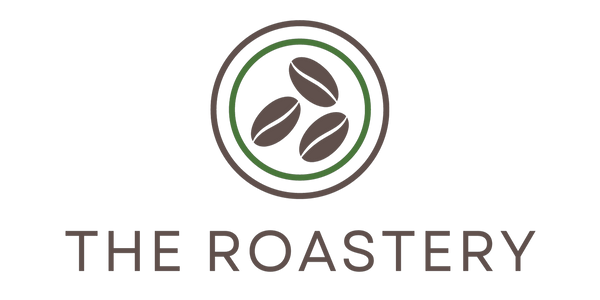
Peaberry: Deliciously Defective
Christian JollyIn the world of coffee - as with nearly any field of agriculture or science - there are thousands of elements that go into producing and delivering a seemingly plain end result. Personally, while I have always considered myself a little bit picky about my coffee preferences, it wasn't until I was beginning to study the industry as a career possibility that I really had my eyes opened to the depth of knowledge that goes into this tiny "bean."
For this post, I wanted to focus on something that caught my attention early in my study of coffee - the peaberry. Among all the varieties of Arabica coffee, you'll find variation in size for the coffee seed. Growers and mills sort coffees to varying degrees, with the general goal of creating uniformity in the size of coffee in any given bag. These numbers are part of the purchasing details on our end, and this helps greatly with the roasting stage: different sized beans will always roast differently (faster or slower, essentially). This is just one more variable in a system full of variables that is best controlled when possible, and that is what screening for size does for us.
With the peaberry, what you encounter is essentially a genetic mutation that is akin to twins in a human birth - or actually, it's much the opposite. In your average coffee cherry, you have two halves of a seed (think about cracking open a pecan, or two halves of a peanut). The appearance is of two nearly identical halves, flat on the side facing one another, and round on the opposing sides. When a peaberry occurs, it is instead a single seed, nearly round all over.
How does this affect flavor, along with the roasting process? Well, it depends on who you ask.
- Many people believe that peaberries deliver a more potent coffee flavor, since a single bean inside the cherry was the sole recipient of all the nutrients delivered to the cherry.
- It is also believed that the caffeine levels are higher due to the same reasoning, yet all objective measuring devices speak to a negligible difference, nearly undiscernible against any other non-peaberry coffee.
- When roasting a peaberry, some believe that the continuously rounded surface of the bean gives more complete and even development in the roasting drum; again, most any discrepancy here is likely the result of confirmation bias rather than sensory observations.
We currently source a peaberry-only coffee from Tanzania, which is well known for screening this genetic outlier, primarily as a means to accommodate the market demands for their coffee. Some additional information from our importer Cafe Imports:
"In the case of Tanzania, the majority of the coffee exported is bought by Japanese roasters, who prize bean-size uniformity and see peaberries as being an undesirable defect. For this reason, the peaberries are often unsold to the Japanese market, and are the majority of what is available to Western buyers. [...]They do tend to be slightly pricier on account of both their more limited quantity (since peaberries occur in a smaller percentage of coffee overall) and the labor involved in sorting them out."
You will actually find peaberry beans mixed in with almost every coffee you buy as whole bean, as most screening processes are looking for bean size uniformity, not necessarily shape. Additionally, is always a small range of variety in terms of size and even botanical "defect" in any bag of coffee. At a roastery such as ours, we are the final step in grading and screening green coffee prior to roasting.
I encourage you to pick up a bag of our Tanazania Peaberry and try it for yourself. It's one of my favorite coffees, and performs well in coffee blends that I've added it to over the years.
